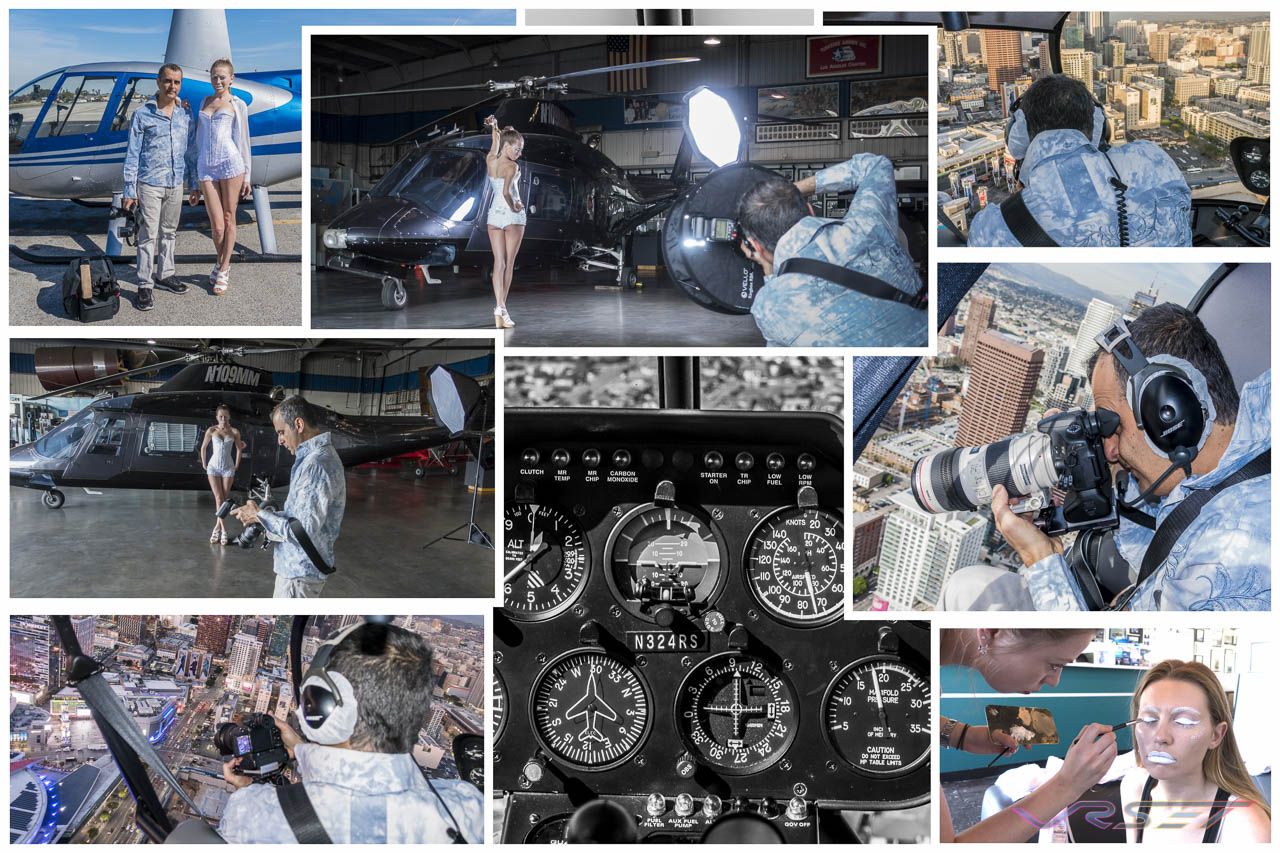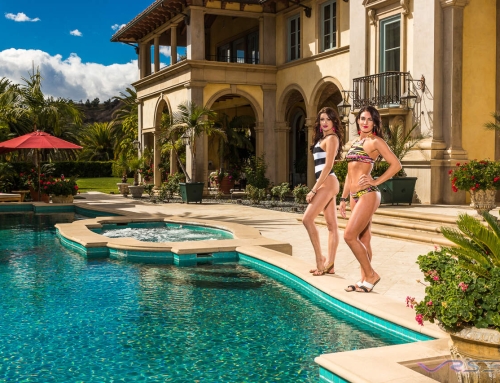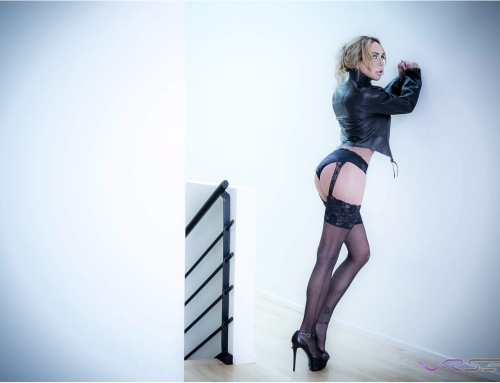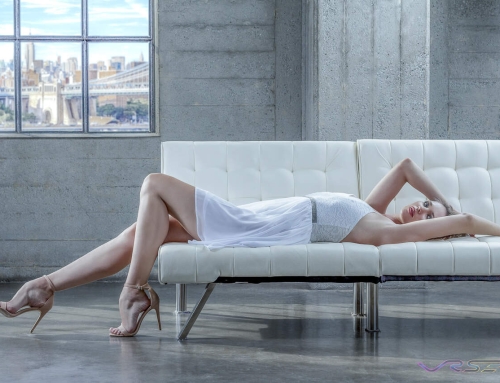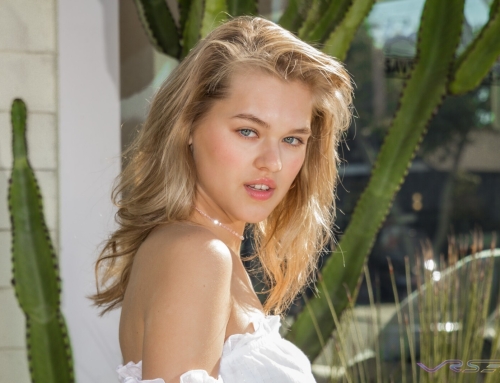DSLR Camera Guide – Fashion Photographers
I remember the exact moment I bought my first DSLR camera, I was over the moon and so excited to get started. Over the years I have the same level of energy in many individuals, but unfortunately, the range of DSLR camera is so vast many have no idea why they are buying that particular DSLR. Today, most DSLR buyers are stuck on the idea of higher mega pixels for quality, in my Camera 101 – Easy Guide to Mega Pixels Requirements post you will be able to learn the importance of mega pixels, and how many do you require.
Once you understand that it is not all about mega pixels, you need to think about why you are buying a DSLR camera. The process is simple answer the questions below:
- What will you use the DSLR camera for?
- What will you be photographing?
- Will you use it more at night, or during the day?
- What functions are you looking for in a DSLR camera?
- How handy are you with new technology? And to what extent do you understand DSLR camera settings?
Simply answering these easy questions for yourself will allow you to place yourself in a category. Here is a little insight, so you can make a well informed decision. There are three main categories of DSLR cameras:
[pullquote] Simply by understanding the difference between these three categories, you will be able to pick a camera that fits your needs, and can be bought at a good price.[/pullquote]
- Entry Level – for everyday use to simply take quality images. These models are not just designed accordingly, they are priced accordingly. So if you are just starting out, and simply wish to use it for day to day photography, and learn a few tricks, then your best option will be an entry level model. These entry level cameras feature an easy to use system, so users will not be completely thrown off.
- Pro-sumer Models – this is for individuals who take photography seriously, and are learning to become professionals. These Pro-sumer models contains features from both entry level and professional DSLR’s. If you understand photography, and how DSLR cameras work, and have a passion for photography, then a pro-sumer model will be ideal for you. Keep in mind the questions I have asked above before picking one out, and you will be all set.
- Professional Models – for professional photographers in various fields. Professional models are packed with advance features, many of which will take you time to understand and perfect. These cameras are designed to last, as they will offer great usage in various weather conditions, and will allow you to shoot continuously. With a professional DSLR you have complete control, and a custom menu to save combinations of settings you frequently use. These are not the kind of model you should buy if you do not have complete understanding or the skills to use it. As it does not offer simple settings, everything is designed to support a professional photographer in his/her line of work.
Simply by understanding the difference between these three categories, you will be able to pick a camera that fits your needs, and can be bought at a good price. I have owned many DSLR’s and still do, as in my line of work simply picking up a professional camera is not enough. I use a camera that contains all the features I need to produce top notch quality images.
